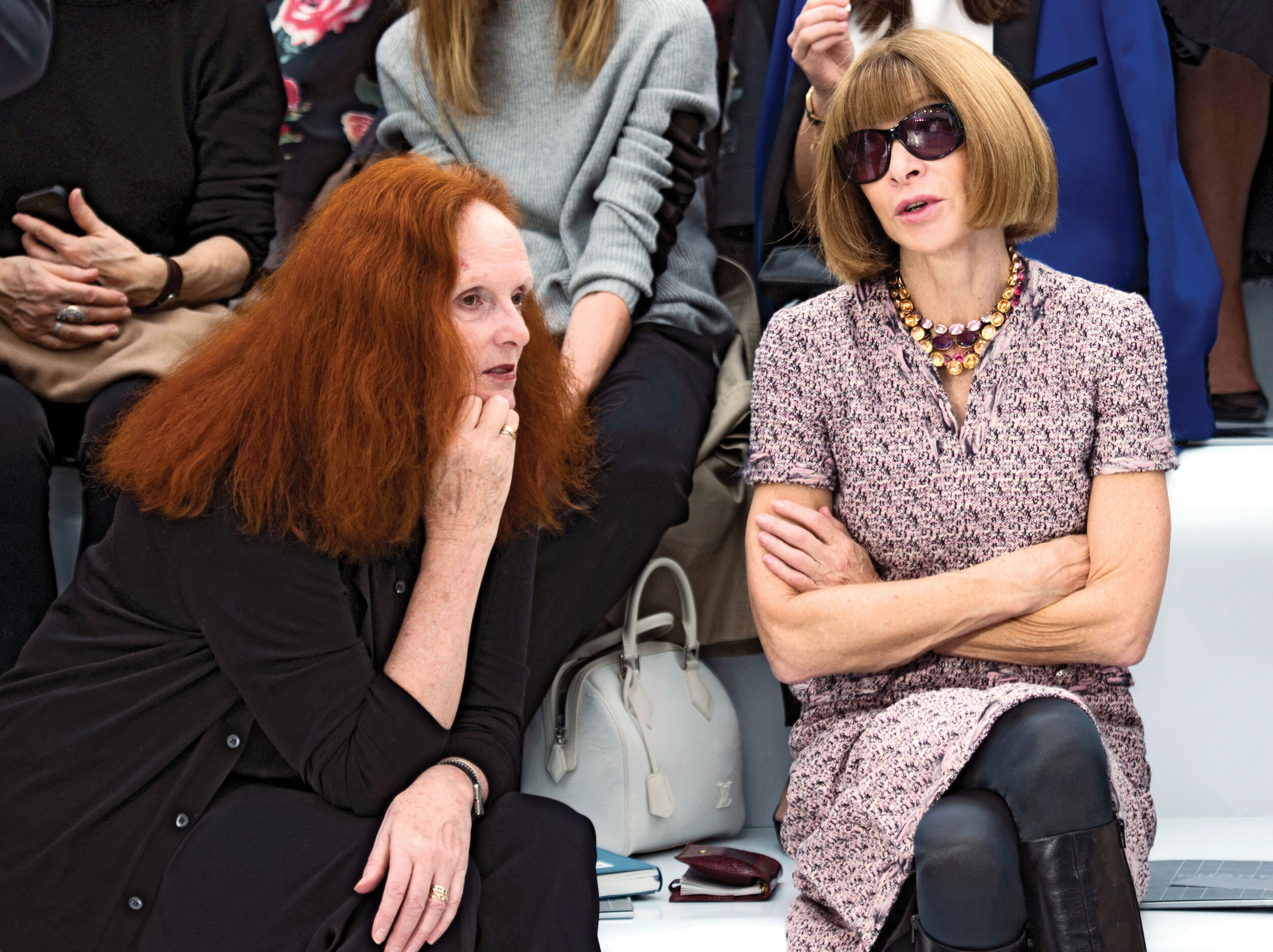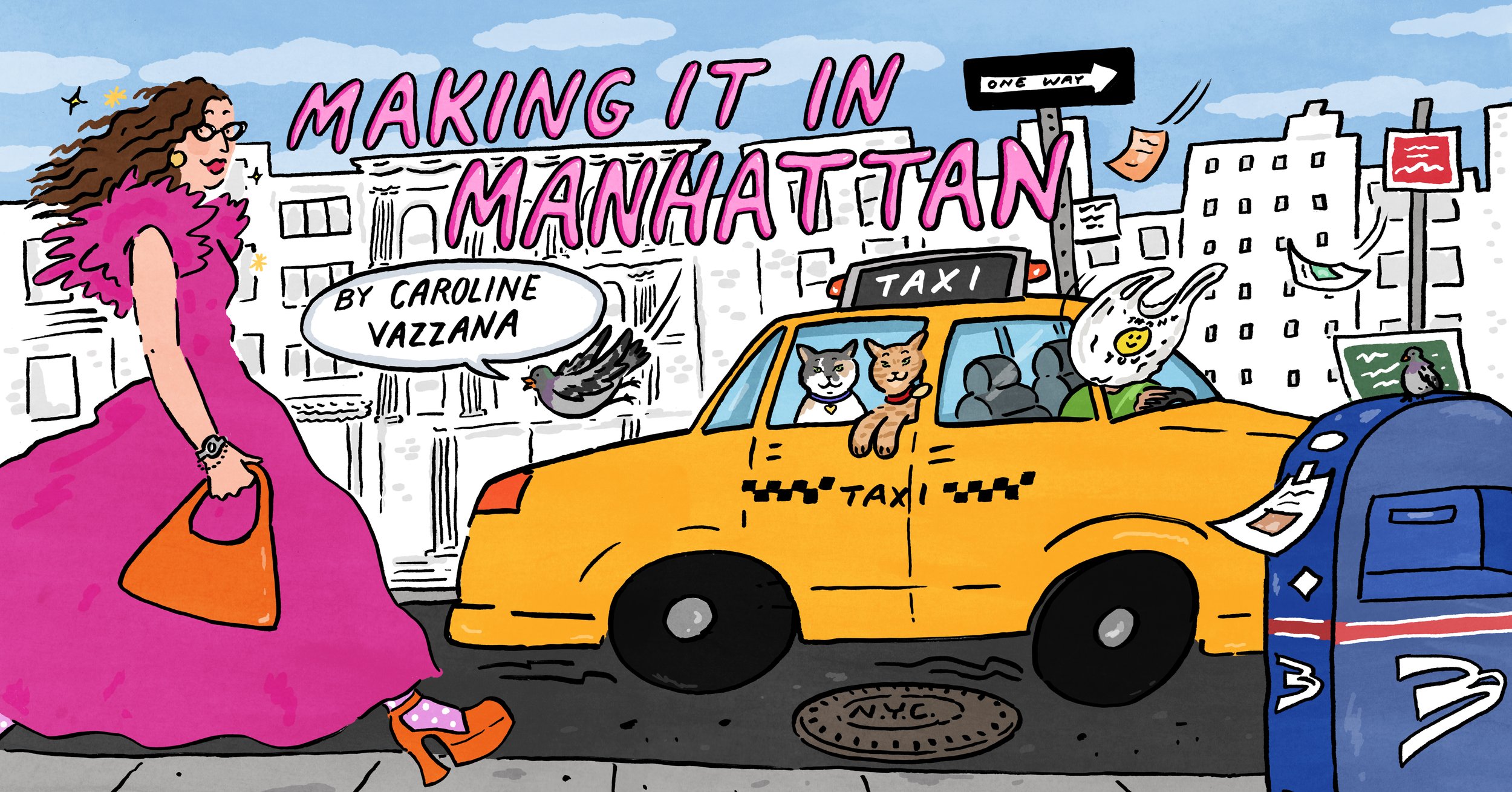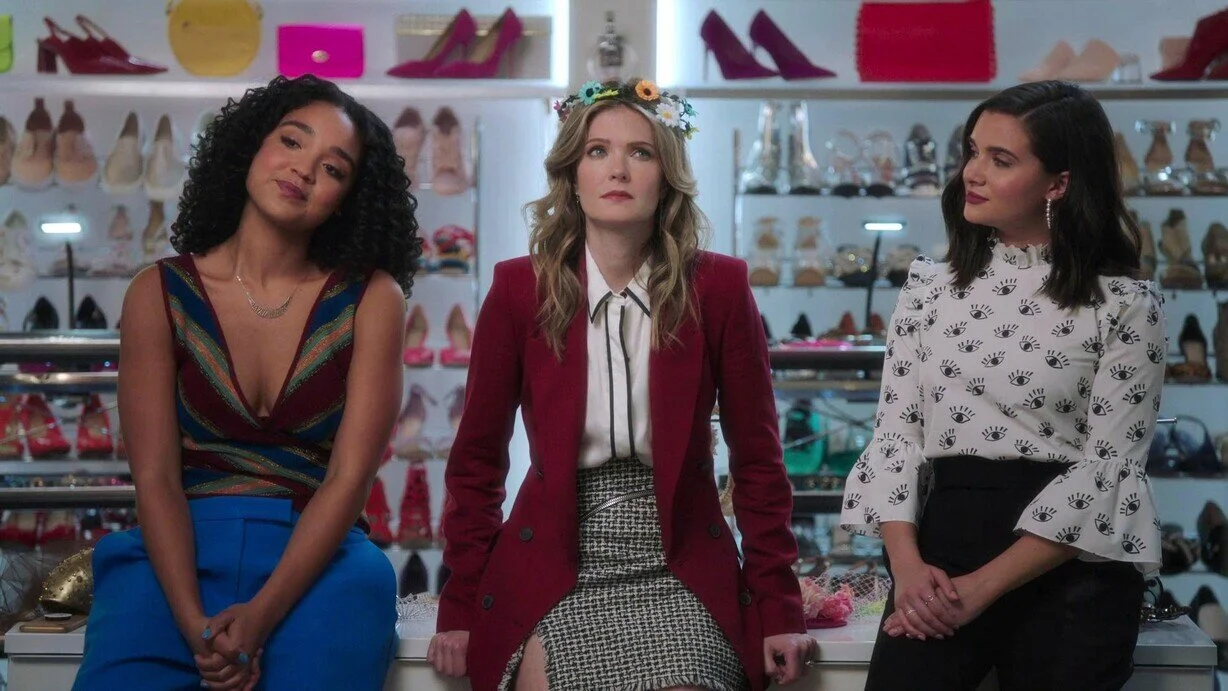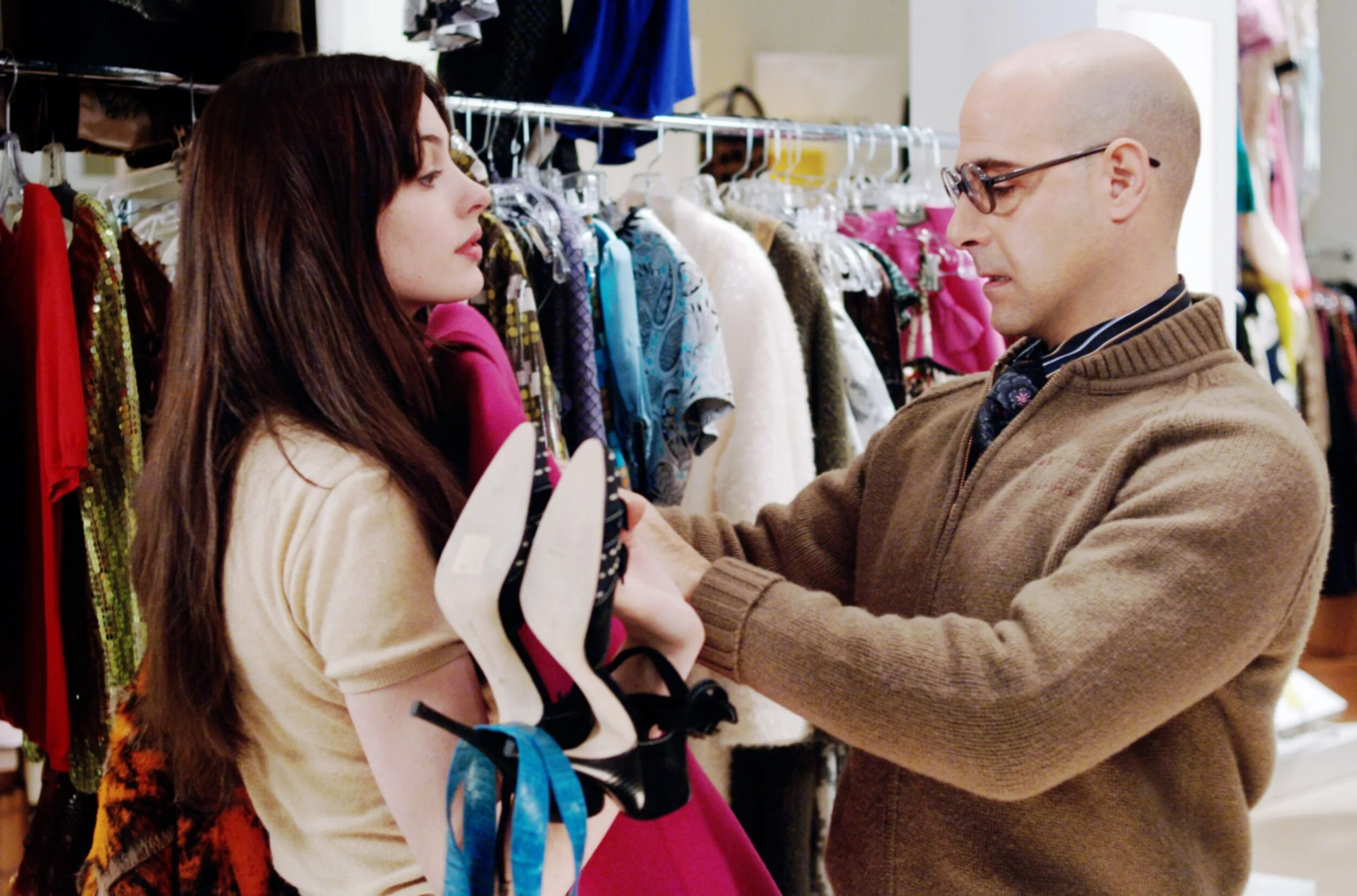Fashion 101: A Beginner's Guide to Fashion Industry Basics
Picture Credit: chatelaine.com
By: Aaron Royce
No matter who you are, keeping up with the ins and outs of the fashion industry can be a full-time job in itself. For example, you might hear about a designer’s amazing creative work for a brand for them only to be ousted and replaced weeks later. Or, you may hear about a namesake label showing in the present day under the name of a designer who passed away years ago –– who knew Coco Chanel was still making couture in 2020? Well, she’s not.
Even the best of editors have confused a Fall versus Spring collection before, it’s nothing to be ashamed about. But, we’ve done our homework on the need-to-know essentials to get you started in the industry. The more you know when starting out, the more prepared you’ll be to become the next great editor, stylist or designer (just to name a few). Think of this as your comprehensive, myth-busting guide to the basics of the fashion world-from us, to you!
Fashion Week lasts one week.
Fashion Week is actually a full month, believe it or not! Though many people refer to one of the ‘Big Four’ fashion capitals, New York, London, Milan, and Paris, when attending one Fashion Week, the back-to-back schedules of these cities’ womenswear shows and presentations last a full month. Editors and industry insiders will often attend all or most Weeks, though many take a day or two between each to travel to the next country, prepare their schedules, and take in the sights. Lots of local fashionistas will only attend one Week due to their sphere of influence, line of work or budget. Plus, there’s even more beyond a month: Fashion Month doesn’t include categories like menswear, pre-fall, resort, couture, or designers who show outside of the traditional Fashion Calendar.
Designers stay with brands forever.
Many brands still have their namesake designers at the helm (Nicole Miller, Cynthia Rowley and Tom Ford, for example), but most are no longer at the brand. Though a brand’s original designer may have a shift in duties yet remain at the brand, it’s important to know who’s the current designer for certain brands. Many will even have different designers for specific facets, such as separate womenswear (and/or menswear) and couture designers. Usually due to sales, a change of heart in said creative director or brand owner, brands will change designers every 4-5 years depending on their contracts; John Galliano, then Raf Simons, and now MGC have all designed for Dior in recent years, and that’s just one example!
Louboutin or Louis Vuitton?
What’s in a name? Similarities in brand names can be confusing to decipher as a beginner, especially when so many brands exist under the same companies or product categories. Some might rhyme, have similar syllables, or even have the same words in their names. Here’s a quick breakdown: Louboutin is not Louis Vuitton, Pucci is not Gucci, Balenciaga is not Balmain, and Fenty is not Fendi. If you’re unsure of a specific brand’s name or what they’re known for, look them up online to see what products they make or which celebrities they dress. Hearing name mix-ups is often humorous to industry vets since brands with similar names can have vastly different products or aesthetics. Of course, nobody’s perfect; mistakes happen! Just don’t say ‘Versace’ when you mean ‘Valentino’ in front of Anna Wintour.
Glamour is the name of the game.
Glamour isn’t everything in the fashion industry! Though we all wish we could be running between fashion shows and red carpets in six-inch designer stilettos as interns, that’s just not how the industry works. There’s a lot of grunt work, hard tasks and last-minute emergencies that happen to anyone, on any level of the industry, on any given day. PR firms will have seating conflicts for fashion shows, celebrities will argue at parties, and editors will need to coordinate a way to get a dress to set in a seemingly impossible timeframe. Lots of influencers and celebrities borrow clothing from designers or brands for partnerships only to be returned afterward. It might look like lots of editors and influencers are living the glamorous life on Instagram, but know there’s always more than meets the eye when it comes to that perfectly-filtered office #OOTD post.
Seasons are S/S and F/W.
This is a tricky concept for some to understand if they aren’t involved with fashion, but the two most popular “seasons” for brands to release products for are S/S (Spring/Summer) and F/W (Fall/Winter; sometimes referred to as A/W for Autumn/Winter. Pick your poison). To make it even more confusing, there’s also RE (Resort) and PF (Pre-Fall). To make sure editors, buyers, stylists, and influencers know what’s going to be trending for future seasons and plan events, shoots, and respective schedules, brands will typically show their fall collections in February and their spring collections in September. It’s a little confusing at first, and some brands have switched to a see-now-buy-now model, where the clothes and accessories they’re promoting at a show are just recently available, or about to be, for purchase. Nonetheless, it’s important to know the product you’re seeing on runways usually won’t be shoppable, or shown in editorials, for another 5-6 months.


















